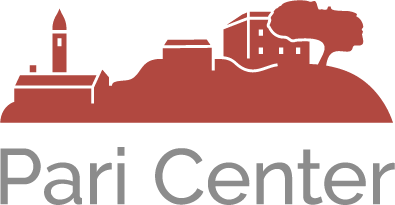Your cart is currently empty!
The Journey is the Goal and Beauty is our Guide

This is an excerpt from one of the presentations featured in the Pari Center’s event Seizing the Underlying Unity of Science, Arts and the Sacred, in Pari from August 29 to September 5, 2023.
with John Pickering
Unified understanding is an ideal state of consciousness where we see nature as a whole and we recognise our place in it. It’s comforting to think that there was a time when people did have such an understanding and to hope that we might be able to recover it. But this could be a response to feeling that our world is being broken up. That creates anxiety and nostalgia for something that may not have existed.
Perhaps it’s better to think of unified understanding as a signpost rather than a destination. It points to a view of the world and of our existence that’s as inclusive as we can make it. In that sense it’s found in both religion and in science, although they remain divided.
But the divide is narrowing as the restrictive metaphysics of the past few centuries fades. There is renewed interest in panpsychism, which no longer treats consciousness as an anomalous intruder into a cosmos that is really nothing but a machine. Instead it seems that it may be as fundamental as space, time and matter. While science continues to be an exercise in taking the world apart, it’s been so successful that we’re now able to think about putting it back together again.
A worldview is forming that admits of true novelty and creative choice. It is a pathway around the bifurcation of nature that Whitehead and Bohm both deplored. To set out on it we can use beauty as a guide and let nature reveal itself, remembering that the journey is the goal.

John Pickering was educated at a Rudolf Steiner school, then went to Edinburgh to study forestry, but changed to psychology, people being more interesting than trees. After a PhD on visual perception at Sussex, supervised by Stuart Sutherland, he worked in the US at Rochester and Stanford. He returned to the UK to lecture at Warwick, from which he has retired although still teaches and does research there.
His interests have always centered on consciousness in general and human experience in particular. He is a founder member of the Consciousness & Experiential Psychology Group of the British Psychological Society.
He has come to understand that consciousness is not reducible to neuropsychology, much less to physics and that studying it leads naturally into the humanities, arts and spiritual traditions. He has studied Eastern traditions in Sri Lanka, Japan, China, Korea, India and Thailand. He believes that engaging with them enhances the scientific study of consciousness.
His research presently concerns process philosophy and biosemiotics. His aim is to make it relevant to promoting more sustainable ways of life.
